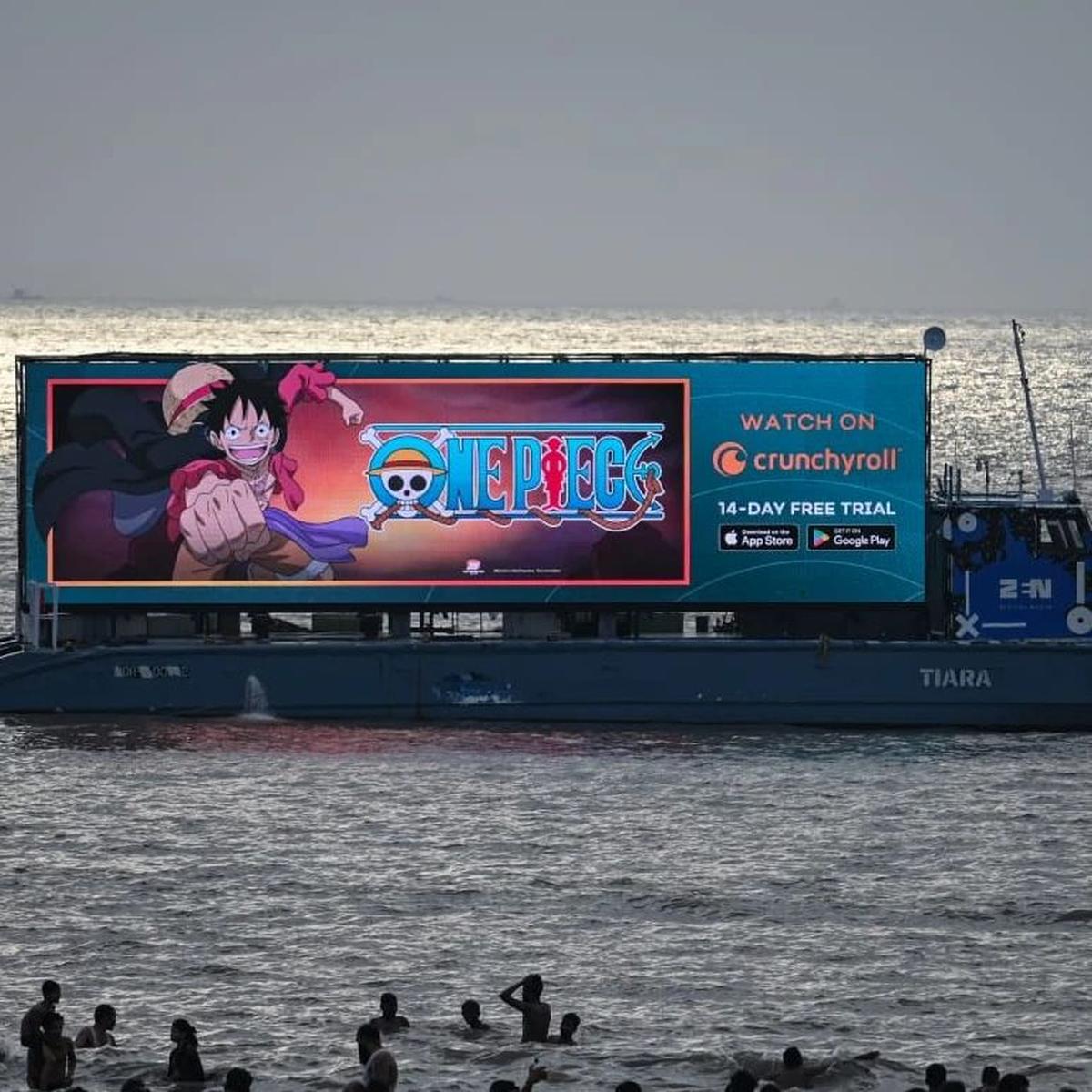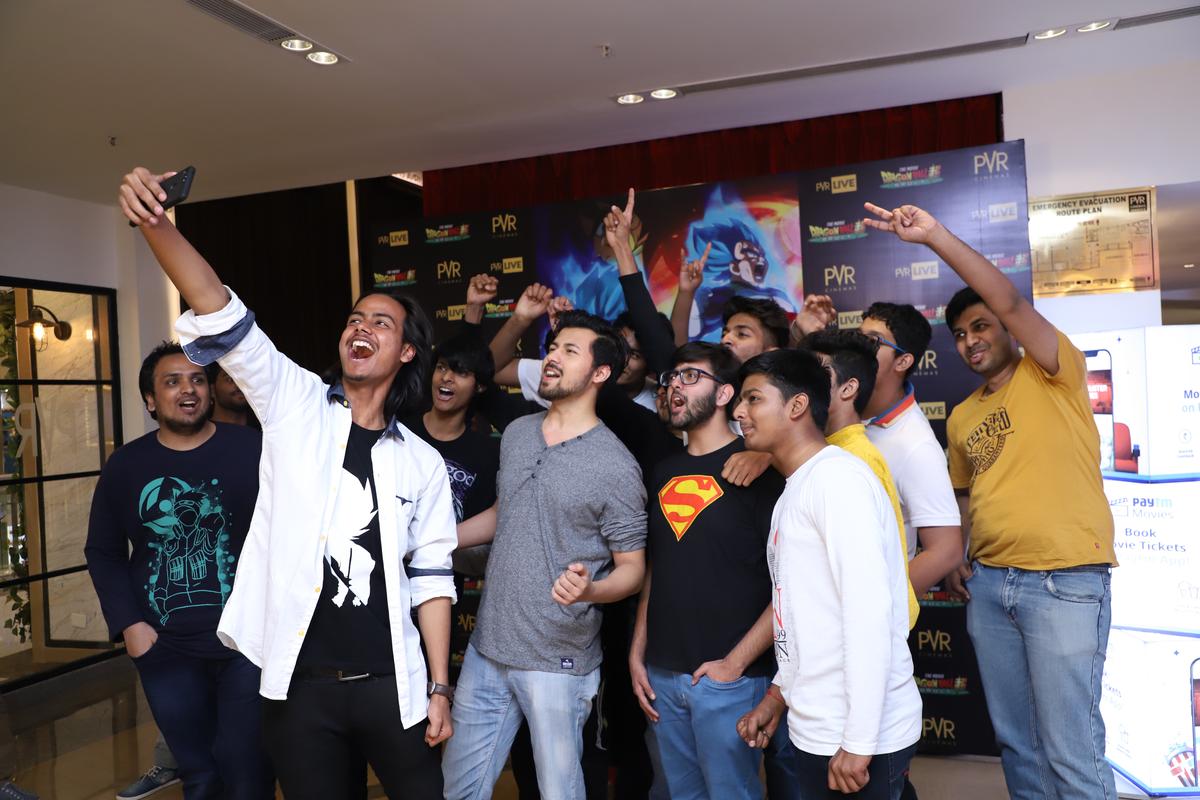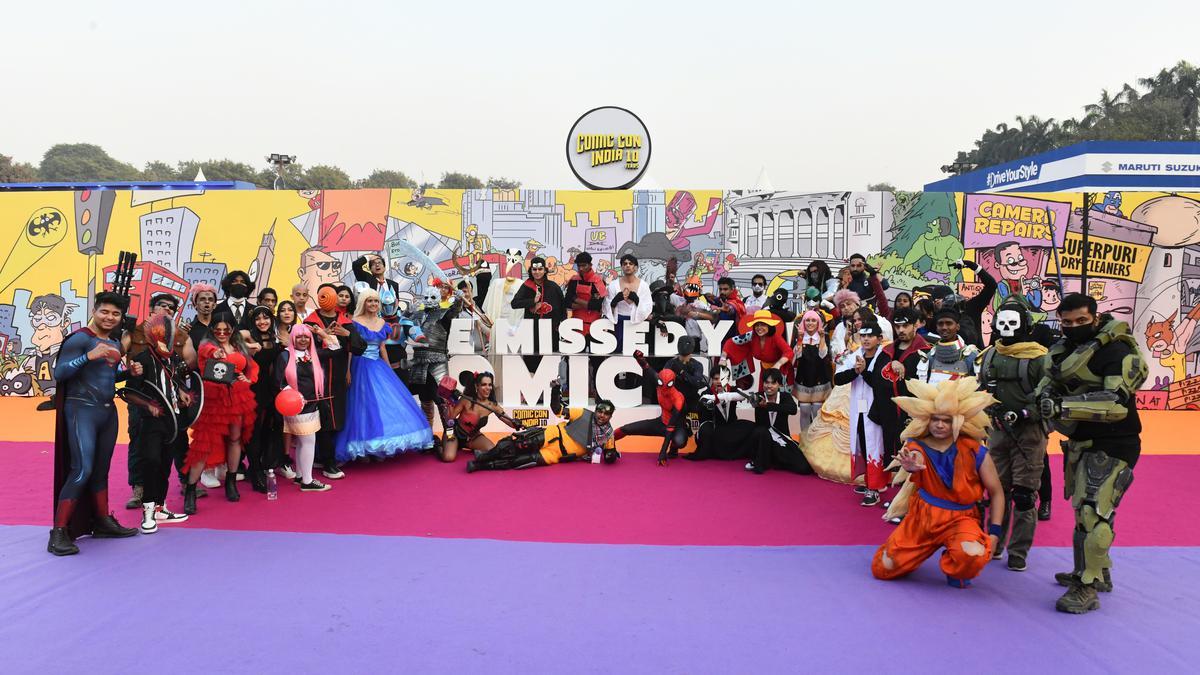India’s anime scene has been having a moment. Once the preserve of a handful of devoted otakus (anime enthusiast) and childhoods replete with dubbed classics, anime has steadily turned itself into the nation’s favourite binge and is experiencing a full-blown cultural coup. The beloved hand-drawn style of animation has leapt from the obscure to the ubiquitous, turning screens of all shapes and sizes into sanctuaries of escapism. Rocket-fuelled by a potent blend of passionate die-hards, mushrooming corporate enthusiasm, and the indisputable charm of epic Japanese storytelling, we’re living through a cultural renaissance for anime in India.

But what fuels this fervour? Akshat Sahu, senior director, Marketing for APAC at Crunchyroll, has some insights. “The dynamic and visually stunning animation style, coupled with deep, multi-genre storytelling, resonates with a wide audience,” he explains. Much like the rest of the world, India has been a fertile ground for pirated anime sites, thriving in the absence of legal alternatives— until Crunchyroll sauntered onto the scene, cape billowing in the wind, to save the day.
Since its Indian debut, Crunchyroll has been a major player in anime streaming. Sahu reveals, “We currently have over 80 shows dubbed in Hindi, Tamil, and Telugu, contributing to over 65% of total viewership for dubbed content.” This localisation strategy has been a game-changer and has led to nearly four times the increase in total watch time, demonstrating the importance of regional language dubs in engaging the diverse Indian audience.
Anime’s multi-generational appeal has always been a key factor to its success. “Nostalgic connections with anime from the 90s and 2010s bridge generational gaps, while the growth of streaming platforms and online communities has made anime more accessible than ever before,” Sahu adds. Think, early 2000’s Hungama and Pogo regulars: Shinchan, Doraemon and Kochikame, amongst myriad others.

Crunchyroll India advertises ‘One Piece’ on a ship along Juhu Beach, Mumbai
| Photo Credit:
X/ @itsweebcentral
The sudden surge of anime-only platforms and channels like Anime Times, Sony YAY, and Anime Booth over the course of this year alone, has only strengthened the genre’s resolve for its growing popularity. With streaming platforms doling out anime like candy, anyone with an Internet connection can dive in. “When there is more anime available to fans, it’s only a good thing for the anime ecosystem and, of course, the fans,” Sahu remarks.
With this plethora of streaming platforms offering a smorgasbord of anime, the barrier to entry has never been lower. And let’s be honest, when your friendly neighbourhood weeb (a reclaimed pejorative for a person obsessed with anime) is buzzing about the latest episode of One Piece, resistance seems futile.
Ken Xyro, a Japanese language translator and Indian anime influencer, observes, “There is a lot that streaming services need to get right to be successful in the anime business. Timing is crucial — fans won’t watch Season 1 when Season 3 is trending globally.” Some context for the unversed: One Piece — the most watched anime in the world — is currently on its 1,114th episode as you read this.

For Jatin Varma, founder, Comic Con India, the surge in anime interest is part of a broader trend. “There has been an overall increase in interest in anime/manga worldwide,” he remarks. “The pandemic certainly gave fans more time to discover new content. This trend is true in India as well. It coincides with easier access to the content, be it popular series on streaming services and access to manga via e-commerce, everything delivered right to your home.” Varma also astutely points towards “superhero fatigue,” which has led fans to explore genres beyond the bland offerings of Marvel and DC — “Fans being open to checking out new content has certainly contributed to the anime boom.”
But the anime wave hasn’t restricted itself to streaming. Sanjeev Kumar Bijli, executive director, PVR INOX, has had a front-row seat to this transformation. “We’ve observed the meteoric rise of anime in India, especially with the launch of several anime-only platforms,” he notes. “While these platforms have significantly increased the availability of anime content, we have found that the demand for anime screenings in theatres remains robust and continues to grow.” It’s truly a testament to anime’s distinct appeal that even as streaming platforms proliferate, the cinematic experience remains irreplaceable still.
Evidently, the cinematic landscape for anime in India has seen titanic shifts. Suzume, directed by Makoto Shinkai, shattered box office records in India, raking in over 10 crores. Shinkai’s visit to India, an unthinkable treat for otakus, certainly fuelled the film’s success. “It’s rare to see directors or anime staff visiting India themselves for the release, and it has definitely contributed to the popularity of Shinkai movies in India,” notes Ken Xyro.

Theatres have since embraced this wave, fromDemon SlayertoHaikyuu!! to Studio Ghibli’s The Boy and the Heron packing in whopping crowds. Market forecasts are predicting a brisk 13.4% annual growth through 2030 — a fairly decisive indicator that India’s anime affair is here to stay.
Bijli emphasises the role of grassroots enthusiasm in shaping their offerings. “Recognising the fervent demand from anime fans, we have responded by sustainably bringing a diverse range of anime films to our theatres,” he says. “Anime releases at the cinemas have become more than just movie showings; they are special events that bring fans together to celebrate their favourite titles,” Bijli says. “These screenings and fan meet-ups create a sense of community and excitement that streaming platforms cannot replicate.”

Indeed, anime’s secret sauce for success has always boiled down to one key ingredient: community. The surge in anime’s popularity has cultivated a fervent fan base eager to experience their favourite shows in communal settings. Deven from the Delhi Anime Club succinctly captures this phenomenon: “Anime used to be a niche interest, but now it’s a cultural movement. The turning point was when Dragon Ball Super: Broly was released, and we saw an outpouring of excitement and support.”

Indian fans attend a screening of ‘Dragon Ball Super: Broly’
| Photo Credit:
Special Arrangement
Ken Xyro, reflects on the uphill battle faced by fans in the past. “Fan engagement played a crucial role in convincing big corporations to release Anime movies in India, overcoming initial resistance from older executives unfamiliar with anime. Demonstrating the profitability through fan interest, particularly with the success of Dragon Ball Super: Broly, led to the regular release of anime movies in India”. This relentless passion has routinely brought anime to Indian theatres ever since.
The role of community events cannot be overstated. Comic Con India’s Varma emphasises the importance of ensuring stakeholders do fan service. “Exclusive events, screenings, and experiences go a long way in building the fan community,” he says. “For any fandom to establish itself in a community, easy access to content and merch is essential”. Comic Con India’s yearly convergence of geeks in Delhi, Mumbai, Bengaluru and more, has become a sanctuary for the otaku community. Here, weebs can revel in their fandom, surrounded by kindred spirits, free from the shadow of judgement or the weight of inhibition.

A glimpse from Comic Con Delhi 2022
| Photo Credit:
Special Arrangement
Cosplay, of course, has become an essential part of the anime experience. “Cosplay at anime film releases transforms our theatres into lively, colourful gatherings where fans come together to celebrate their favourite characters and stories,” Bijli says. “This level of involvement is often more intense and widespread than what we observe with other film genres.”

As the wave continues to surge, it’s clear that these fan efforts have been instrumental. “Our community has grown rapidly and exponentially,” says Deven. “It has brought together people from all walks of life, united by their shared passion for anime and manga”. Born out of the same fondness, the Delhi Anime Club is just one of many across the country that has evolved from casual meet-ups to organising large-scale events, fostering an eclectic community of fans through screenings, quizzes, cosplay contests, and collaborations with colleges and Japanese organisations, promoting anime culture across India.
The Delhi Anime Club organises a ‘One Piece’ watch party
| Photo Credit:
Special Arrangement
Looking ahead, the prospects of anime in the subcontinent seem fruitful. “We do expect a continued uptick in anime consumption in India,” Bijli predicts. “As more people discover the depth and variety of anime, and as new platforms and services continue to emerge, the audience base is likely to expand even further, with younger generations leading the charge.”
Crunchyroll’s Sahu mirrors the optimism. “The enthusiasm for anime in India is undeniable,” he says. “Projections indicate that India will drive 60% of the global increase in anime interest over the coming years.”

Ultimately, the anime surge in India is the result of a perfect trifecta of accessibility, community, and capitalising on the ceaseless bounties that Japan has to offer. The phenomenon is far from a fleeting fad, more, a cultural tidal wave of relentless hunger that is larger than life. We’ve come a long way. Anime’s remarkable expansion in India has been, in all senses of the word, sugoi indeed.

